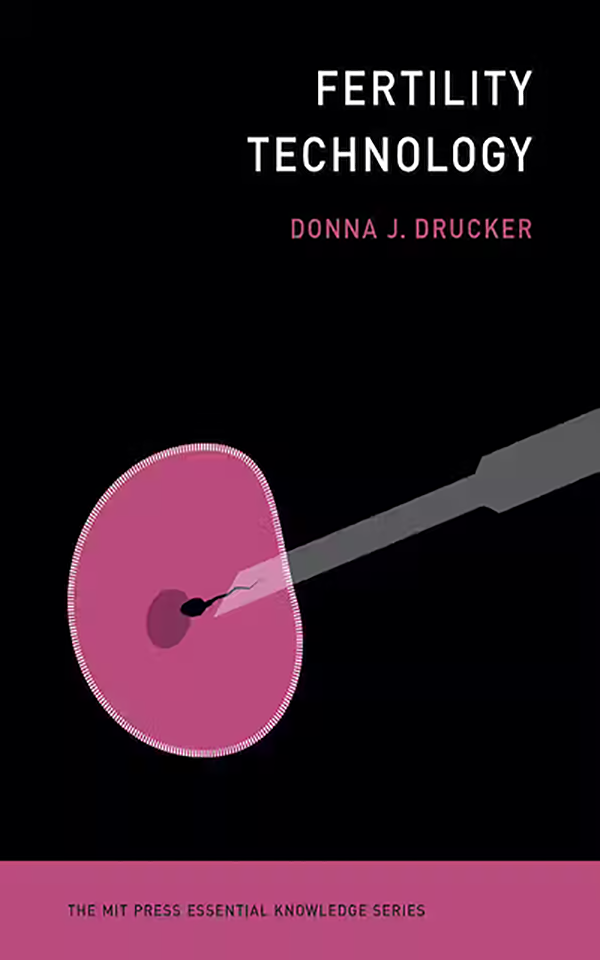Developments in fertility technologies, medical care, and social changes in the past two decades have expanded opportunities for many people, including members of sexual and gender minority groups, to have children biologically related to them and/or their partners. Interviews with trans and nonbinary individuals, however, show that while medical advances can help sexual and gender minority individuals have children, it is not always without discrimination, prejudice, and the need to balance a trajectory of gender affirming medical care with prenatal care.

Firstly, gender minority individuals may need to time gender affirming medical care (including hormones and surgery) and attempts to become pregnant so that gender affirming care and reproductive health do not oppose each other. To take one example, hormonal treatment may affect the quality of reproductive cells. Thus, individuals assigned male at birth (AMAB) who take androgen blockers may have reduced sperm quality and therefore have to stop anti-androgen blockers in order to produce healthy sperm. To take another example, gender affirmation may conflict with pregnancy and birth. Alex, an assigned-female-at-birth (AFAB) man in Canada who undertook hormone therapy before conception, highlighted the timing challenges inherent in his situation:
It feels like you can’t do the two at the same time…you’re kind of compromising one way or the other… like obviously I can’t physically transition at the same time as I’m pregnant because that’s medically contraindicated. Socially, it doesn’t just stand still, but it moves backwards, because a lot of that is about how other people see you when you’re pregnant… as a woman. It’s only ever really a circus if you start [trying to conceive] after you’ve begun transitioning because at that point it’s like you’re invalidating society’s ideas about gender. If you do it before transitioning, well then that doesn’t count. It’s kind of all the really outdated ideas about what transition means, and what it means to change your gender in the eyes of society has a lot more to do with validating society’s ideas about gender than it is about your own.
Additionally, pregnant persons with traditionally male-presenting features may experience prejudice and ignorance about their bodies and forms of address from medical personnel, as interviews with transgender men in Sweden illustrated. A Swedish AFAB man named David had to wait in the emergency room during premature labor, and described the hospital staff’s confusion:
When we went to the hospital reception [my friends said]; “Eh, our friend he’s pregnant. He’s having a baby, the baby’s coming.” And the hospital people were like, “He’s having a baby?” …My friends kept trying to make them understand. So, it took a while for them to attend to me. By the time they [did] I was actually three centimeters open
There may also not be obstetricians, gynecologists, or lactation consultants available who understand the specific challenges of nursing parents who have or plan to have breast removal surgery, or who chest-feed instead of breastfeed. These nursing parents may have to seek specialized advice from consultants who understand trans and nonbinary physiology as it relates to breast and chest feeding.
On the more positive side, nonbinary individuals, trans people, and queer people have institutional support from the Ethics Committee of the American Society for Reproductive Medicine (ASRM)—the principal professional organization for fertility medicine in the US—to forward their interests in having children. The Committee recommended in 2013 that lesbians, gay men, and single people of any orientation have the right to be parents and to seek fertility treatment. Two years later, they recommended that transgender people be allowed to seek treatment, as—to state the obvious— “transgender persons have the same interests as other persons in having children and in accessing fertility services for fertility preservation and reproduction.” A survey with fifty-one men, trans/masculine, or nonbinary people in English-speaking countries a few years later found that “the routinization of conception serves to further normalize the lives of gestational parents who are men, trans/masculine, or non-binary, as well as their families,” and that “fertility clinics have an important role to play in normalizing and affirming [their] conception-related needs.” Most of them became pregnant via known donors or with their partner’s gametes, and for them, “conception was a positive and straightforward experience.” Normalcy, in these cases, was a comfort.

Donna J. Drucker is Assistant Director of the Office of Scholarship and Research Development at the Columbia University School of Nursing. She is the author of The Machines of Sex Research, The Classification of Sex, Contraception, and Fertility Technology. She tweets from @histofsex

NOTCHES: (re)marks on the history of sexuality is licensed under a Creative Commons Attribution-NonCommercial-NoDerivatives 4.0 International License.
Based on a work at www.notchesblog.com.
For permission to publish any NOTCHES post in whole or in part please contact the editors at NotchesBlog@gmail.com




